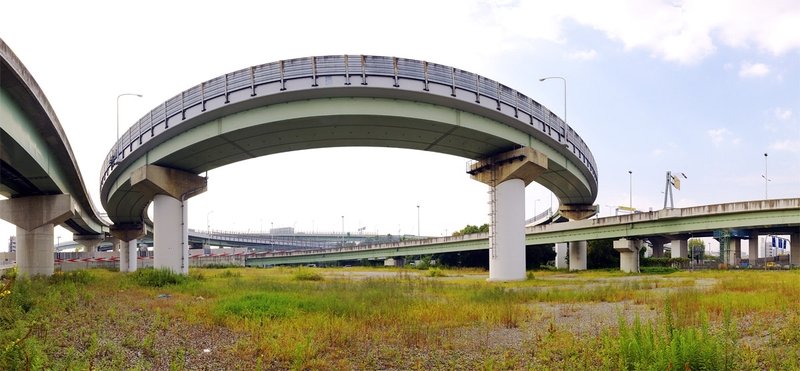|
|
Roads And Bridges, Japan
|
About 70 to 80 percent of Japan is forested, mountainous, and unsuitable for agricultural, industrial, or residential use. This is because of the generally steep elevations, climate and risk of landslides caused by earthquakes, soft ground and heavy rain. As a result, the habitable zones, mainly located in coastal areas, have extremely high population densities. Japan is one of the most densely populated countries in the world.
The islands of Japan are located in a volcanic zone on the Pacific Ring of Fire. They are primarily the result of large oceanic movements occurring over hundreds of millions of years from the mid-Silurian to the Pleistocene as a result of the subduction of the Philippine Sea Plate beneath the continental Amurian Plate and Okinawa Plate to the south, and subduction of the Pacific Plate under the Okhotsk Plate to the north. Japan has 108 active volcanoes. Destructive earthquakes, often resulting in tsunamis, occur several times each century. The 1923 Tokyo earthquake killed over 140,000 people. The most recent major quakes are the 2004 Chūetsu earthquake and the Great Hanshin Earthquake of 1995. Hot springs are numerous and have been developed as resorts. Japan was originally attached to eastern coast of the Eurasian continent. The subducting plates, being deeper than the Eurasian plate, pulled Japan eastward, opening the Sea of Japan around 15 million years ago. The Strait of Tartary and the Korea Strait opened much later.
|
|









